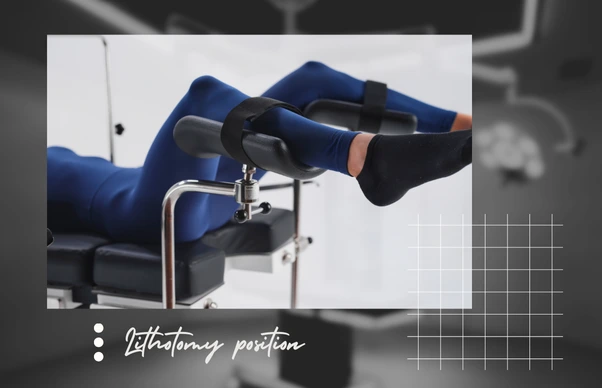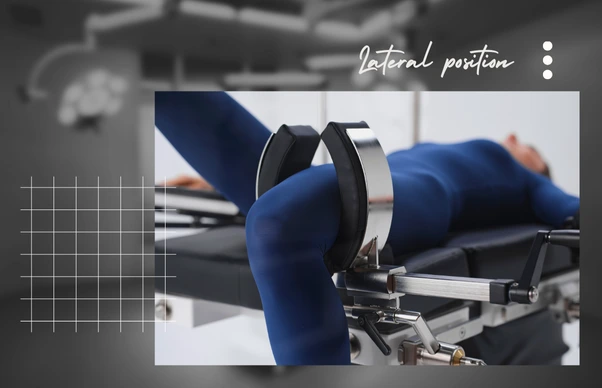Key surgical positions with Operating tables Y
Novak M operating tables were designed to meet diverse surgical demands. Explore the positions they offer.
Novak M operating tables were designed to meet diverse surgical demands. Explore the positions they offer.
Each procedure requires a specific setup and the operating table must adapt to support it. Especially in facilities where multiple disciplines share the same equipment, an operating table should provide the flexibility for different procedures.
Proper positioning ensures:

Our fully electric operating tables ensure surgeons can easily and safely prepare patients for different surgical procedures. The most common surgical positions include:

Novak M mobile operating tables stand out for their universality – one table supports a wide variety of surgical disciplines. If you are looking for an operating table that combines precision, flexibility, and reliability for your day-clinic, Novak M is the right solution. Contact our team for expert advice!